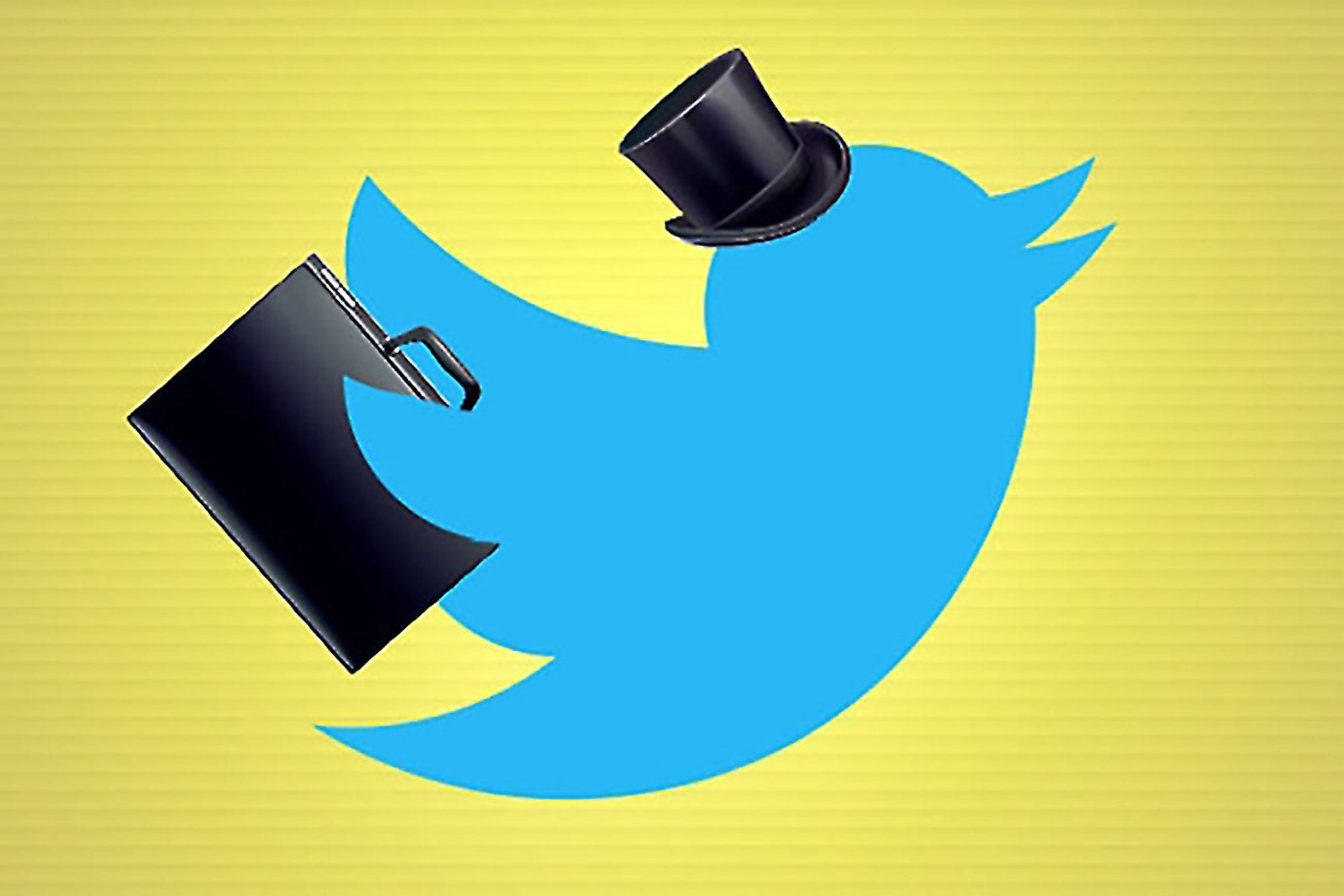5 min read
Opinions expressed by Entrepreneur contributors are their own.
In his book Ultimate Guide to Twitter for Business, online marketing expert Ted Prodromou offers an easy-to-understand guide to using Twitter that will help small-business owners generate leads and connect with customers. In this edited excerpt, the author outlines his 14-step process for developing a lead generation system that brings in new customers. Buy it directly from us, click here, and SAVE 60% on this book when you use code SOCIAL2021 through 5/27/21.
Twitter is a great tool for finding potential customers, whether your company sells business-to-business (B2B) or business-to-consumer (B2C). The easiest way to generate leads on the internet is to create an interesting free report or informational video that talks about one of your customers’ biggest problems. In the report or video, you focus on “why” they need to change something in their business to become more successful or profitable. The report or video doesn’t have to solve their problem. You just want to focus on telling them why they need to change the way they’re doing business if they want to see better results.
The lead-generation process is very simple and can be broken down into 14 steps:
1. Survey your followers.
If you don’t know what your customer’s biggest problem is, survey your customers and ask them. You can also Tweet the question to your followers and see how they respond.
2. Offer a solution.
If you don’t have one already, create a product or service that solves their biggest problem.
3. Educate your customers.
Create a free report or informational video that focuses on why they have that problem and why they need to change something in their business to overcome the problem. You’ll tell them how to solve the problem after they hire you.
4. Create a landing page for the video or report.
Create a landing page on your website or blog. A landing page is a page on your website that doesn’t have a navigational menu or anything that would distract the web visitor from reading the content on the page.
Related: Using Twitter for Sales and Marketing
5. Collect contact information.
The only content on the landing page is a headline describing [your customers’] biggest problem and a few paragraphs describing what they’ll learn about their problem by reading the report or by viewing the video. The purpose of the landing page content is to get them to fill out the web form. You don’t want to talk about your product or service that will solve their problem until later. Right now, you just want to collect their contact information.
6. Use an email marketing tool.
You need an email autoresponder program such as AWeber.com or Infusionsoft.com so you can set up web forms to collect names and email addresses. You don’t need to collect more than that.
7. Set up your email campaign.
Install the web form on your landing page so you can collect their first name and email address. Your email autoresponder program will have detailed instructions to help you set up your email campaign and web form.
8. Create a ‘thank you’ page on your website or blog.
This page should use the same template as your landing page. This is the page they’ll be redirected to after they fill out their web form. They can download their free report or watch the video on this page.
9. Direct followers to your landing page.
Now you want to send a Tweet with a link to the landing page. The Tweet should mention the problem they’re having and hint that there’s a solution to their problem. You want to use a URL shortener that tracks the clicks on the link. HootSuite, www.bitly.com, and www.budurl.com all shorten and track your links.
Related: What to Say on Twitter
10. Set up auto-response messages.
After they fill out the web form, you’ll have their contact information. In your email autoresponder program, you can set up a series of automatic email messages. You’ll create one message that will be sent immediately after they fill out the web form thanking them for joining your email list. You should also tell them how to download their report or where to watch the video.
11. Send reminders.
Set up a series of five or six emails that will be sent every other day. The first couple of emails will talk about why they have the problem and that many businesses have the same problem. You can share some stories about other businesses that struggled with the same problem and overcame it with your help.
12. Don’t sell your product just yet.
The emails should transition into “what” they can do to solve the problem. Don’t tell them “how” to solve the problem yet. You can create more free reports or videos that teach them how they can solve the problem by making changes to their business. Don’t try to sell them your product or service yet. Just get them focused on what they can change in their business.
13. Explain how to solve their problem.
The last few emails should start talking about “how” they can solve their problem. Once they start understanding how the problem can be solved, you can start offering products and services that will solve their problem quickly.
14. Repeat the process.
Do this for each problem your customers have so you can build an email database of customers and prospects for your business. This way you can build a relationship with them and retain them as customers for a long time.
Related: What Not to Say on Twitter
Did you enjoy your book preview? Click here to grab a copy today—now 60% off when you use code SOCIAL2021 through 5/27/21.







